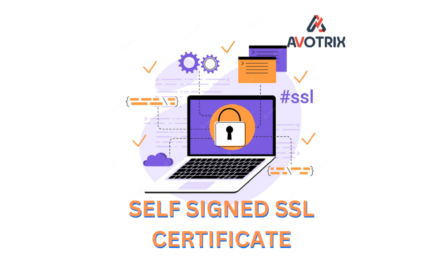Cybersecurity threats are constantly evolving, and federal authorities are now raising alarms about a dangerous ransomware variant known as Medusa ransomware. This malicious software is actively targeting email users, posing a significant risk to individuals and businesses alike.
The Growing Threat to Email Users
If you use Gmail, Outlook, or any other popular email service, you may be at risk. The FBI and the Cybersecurity and Infrastructure Security Agency (CISA) have reported that Medusa ransomware has already affected over 300 victims across various industries, including healthcare, education, legal, insurance, technology, and manufacturing.
What Is Medusa Ransomware?
Medusa ransomware has been active since at least June 2021. It infiltrates networks, encrypts files, and demands ransom payments from its victims.
A recent March 6 report by Symantec revealed that a cybercriminal group known as Spearwing is behind these attacks. They use a tactic called double extortion, meaning they not only encrypt a victim’s data but also steal it. The attackers then threaten to release the stolen data unless the ransom is paid.
The ransom demands range from $100,000 to $15 million, depending on the victim. Attackers gain access through phishing campaigns and unpatched software vulnerabilities. In some cases, even legitimate accounts, including those in healthcare organizations, have been hijacked.
How Does Medusa Ransomware Spread?
Medusa ransomware relies on several infiltration techniques, including:
- Phishing Emails – Fraudulent emails trick users into clicking malicious links or downloading infected attachments.
- Exploiting Software Vulnerabilities – Unpatched software can be used as an entry point for attackers.
- Hijacked Accounts – Attackers steal legitimate credentials to bypass security measures.
- Unauthorized Access – Hackers scan for unsecured ports and misconfigured systems to infiltrate networks.
How Organizations Can Protect Themselves from Medusa Ransomware
To help reduce the threat from Medusa ransomware, the FBI, CISA, and MS-ISAC recommend the following cybersecurity measures:
Strengthen Remote Access Security
- Require Virtual Private Networks (VPNs) or jump hosts for remote access.
- Detect unauthorized scanning and access attempts on networks.
Enhance Authentication and Password Policies
- Enforce strong, complex passwords and avoid frequent forced password changes, which can reduce security.
- Require multi-factor authentication (MFA) for all major services, including email and VPNs.
Keep Systems Updated
- Regularly update operating systems, software, and firmware to close vulnerabilities that ransomware exploits.
Develop a Strong Data Recovery Plan
- Store multiple copies of sensitive data in physically isolated, segmented, and secure environments, such as offline storage or cloud backups.
- Regularly test backup and recovery procedures to ensure rapid restoration after an attack.
Network Segmentation and Monitoring
- Segment networks to restrict ransomware from spreading in case of an attack.
- Use network monitoring tools to detect unusual activity and track potential ransomware movement.
- Implement tools that record and report all network traffic, aiding in identifying lateral movements within a compromised network.
Final Thoughts
Cyber threats like Medusa ransomware highlight the importance of proactive cybersecurity measures. By implementing strong security practices and staying vigilant against suspicious emails and software vulnerabilities, individuals and businesses can significantly reduce their risk of falling victim to this evolving ransomware threat.






